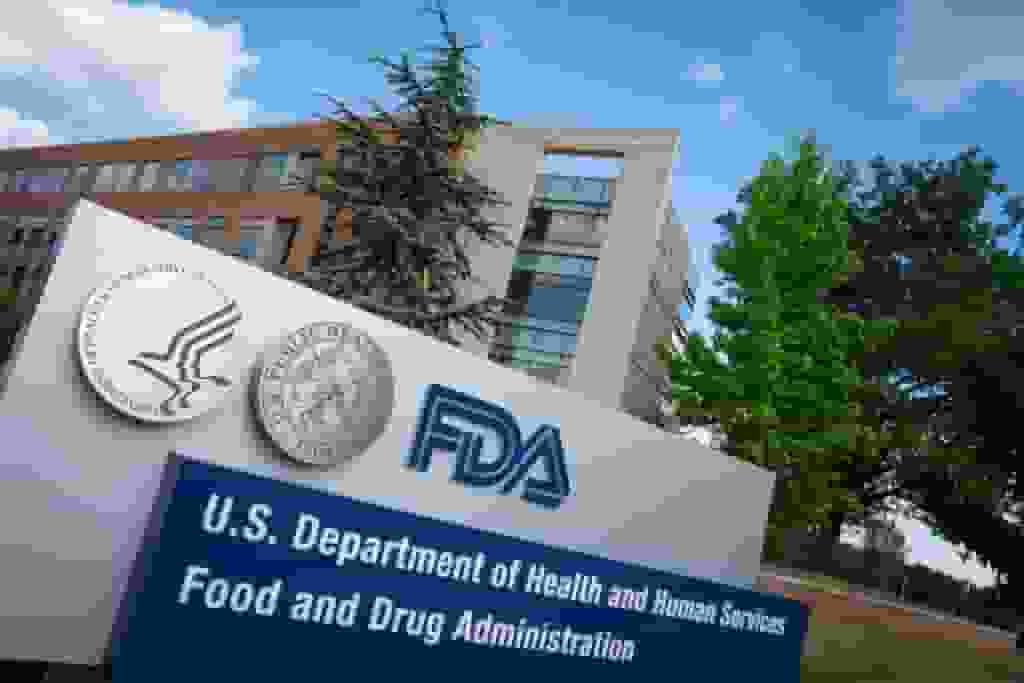The Food and Drug Administration (FDA) issued new recommendations on Wednesday to lower the amount of salt Americans consume through food, citing an epidemic of diet-related diseases.
After years of delay (per New York Times), the proposals aim to decrease average daily sodium consumption by 12% over the next two and a half years by pushing food producers, restaurants, and food service businesses to limit salt usage.

LAS VEGAS, NV – OCTOBER 9: Sumo wrestler Chiyotaikai of Japan throws salt to purify the ring during the Grand Sumo Championship on October 9, 2005 at Mandalay Bay Events Center in Las Vegas, Nevada. (Photo by Donald Miralle/Getty Images)
Compared to the 3,400 milligrams of salt Americans usually eat in a day, this target equates to 3,000 milligrams of salt — little more than a teaspoon. Although health experts praised the new advice, saying it will help raise awareness about the issue of too much salt, several voiced worry that voluntary measures may not be enough to force change in a sector that frequently resents regulatory control.
CDC linked high blood pressure, a major risk factor for heart attacks, strokes, and renal failure, to American’s love affair with salty meals. According to the FDA, more than 4 out of 10 American people have high blood pressure, with 6 out of 10 Black individuals having high blood pressure.
Processed, Packaged Food Contains 70% Salt, Experts Say
Experts said that processed and packaged food and restaurant meals account for approximately 70% of the extra salt consumed by Americans.
Dr. Janet Woodcock, the acting Food and Drug Administration commissioner, said the recommendations were the first step in a multiyear campaign to gradually reduce the nation’s sodium intake to more closely align with the current Dietary Guidelines for Americans. Data suggests that a healthy diet should contain no more than 2,300 milligrams of sodium per day.
ALSO READ: Dexamethasone: This Anti-Nausea Drug Can Help Cancer Patients Survive
The FDA estimates that cutting salt consumption by 40% may save 500,000 lives over a decade. If the industry fails to meet the objectives, Dr. Woodcock refused to say whether the FDA would consider putting obligatory restrictions on food manufacturers. Instead, she highlighted the advantages of a collaborative and gradual approach, which she said would provide customers and producers time to adjust.
How To Avoid Salty Diet
According to Market Watch, these diets assist to lower blood pressure and heart disease without adding a lot of salt to your diet.
Mediterranean diet
The Mediterranean diet emphasizes healthful omega-3 fatty acid-rich olive oil, fruits and vegetables, whole grains, and lean protein such as fish and poultry, with the occasional serving of red meat.
Beans, nuts, legumes, olive oil, aromatic herbs and spices, as well as cheese and yogurt in moderation and a glass of red wine in moderation, are all important components of this diet.
Flexitarian diet
A flexitarian or semi-vegetarian diet (SVD) is mainly vegetarian with the occasional addition of meat or fish.
DASH diet
The DASH diet emphasizes fruits, vegetables, nuts, whole grains, poultry, fish, and low-fat dairy products while limiting salt, red meat, sweets, and sugar-sweetened drinks.
RELATED ARTICLE: Acupuncture During a Knee Replacement Surgery Lessens Post-Surgical Pain




![Tyson Foods Plant [Photo: Food Manufacturing]](https://southarkansassun.com/wp-content/uploads/2023/08/iStock_1185520857__1_.5e441daa51cca-600x337.jpg)







![Silverado Senior Living Management Inc. [Photo: Los Angeles Times]](https://southarkansassun.com/wp-content/uploads/2023/10/download-6-4-600x337.jpg)

![China's Wuhan Institute of Virology [Photo: Nature]](https://southarkansassun.com/wp-content/uploads/2023/09/d41586-021-01529-3_19239608-600x337.jpg)
















